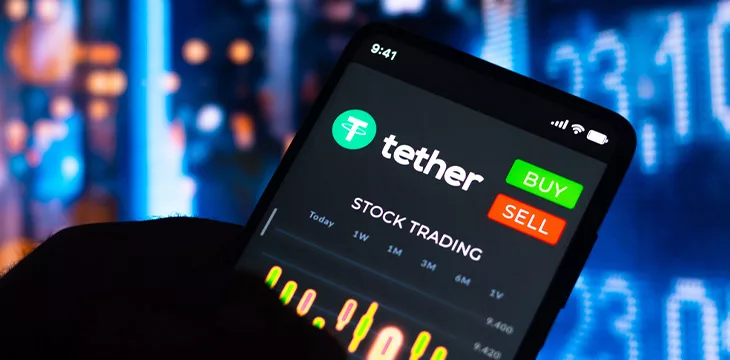|
Getting your Trinity Audio player ready...
|
Proving once more that digital assets don’t offer magic protection from the law, Taiwan police announced this week they’ve arrested four individuals in connection with the territory’s largest-ever “cryptocurrency”-based money laundering scheme. The scheme, police said, involved a total of $320 million in Tether (USDT) transactions from February to June 2023.
The main suspect in the case, a 40-year-old man known only by the surname “Qiu,” was arrested in June 2023 as he returned from overseas via Taipei’s Taoyuan International Airport. Though he claimed to be a water merchant, Qiu made frequent overseas trips to countries like Hong Kong, Malaysia, and the Philippines, allegedly to meet with groups involved in gambling and fraud.
Following Qiu’s airport arrest, police went to his residence and seized Lexus and Lamborghini cars worth around half a million USD each, as well as three Audemars Piguet watches, 210,000 NTD (US$6,466) in cash, as well as computers and other financial records.
Police latched onto Qiu and his Tether transactions while investigating an earlier case involving a group that defrauded 19 people with fake digital asset investment schemes. Though Qiu himself may not have been involved in that crime, blockchain analysts revealed his USDT addresses as one of the local sources of the USDT funds one of the victims used.
Qiu’s operation was fairly simple: he allegedly received (fiat) funds from accounts belonging to groups involved in criminal activities and exchanged the amounts for Tether, which he then sold to other parties for cash. His “cut” was one percent of the amount laundered.
Police later released Qiu on bail, along with the three other suspects in the case, including a foreign affairs officer named Liao (25) and two others in the water-selling business, Huang (31) and Chen (30).
Reminder to criminals: Tether leaves public transaction trails too
Thanks to blockchain’s public and permanent transaction records, it’s unwise to conduct any large-scale money laundering business using these digital assets. Still, digital assets remain popular with money launderers and other criminal enterprises for two main reasons: (1) it’s simple to transfer large amounts of value across borders and outside the monitored international banking system; and (2) blockchain’s pseudonymous transactions offer a greater degree of privacy compared to named and identified banks accounts.
As many such criminals have discovered over the years, however, pseudonymity is not the same as anonymity. Once investigators can discover patterns that link a blockchain wallet address to a real-life identity, all the evidence is laid bare.
The blockchain forensics business has boomed almost as quickly as the digital asset market itself over the past 13 years, and professional analytics teams now work hand-in-hand with law enforcement agencies to trace criminal activities like the ones mentioned above. Tether, in particular, is a popular asset for money laundering, thanks to its more reliable value peg to the USD (compared to digital assets like BTC and ETH) and the sheer quantity of USDT in circulation. For these reasons, governments around the world monitor USDT and other “stablecoin” transactions more closely than those involving other digital assets.
Though the Taiwan Police Cybercrime Unit declared Qiu’s case their largest-ever money laundering scheme involving digital blockchain assets, it remains fairly modest by international financial crime standards. By and large, most of the world’s money laundering activity is still facilitated by corrupt officials and the “traditional” banking/finance system, involving billions of dollars, not Qiu’s alleged millions.
The main difference here, other than the media attraction to criminal cases involving digital assets, is that the technology has perhaps tempted more “less professional” money launderers to engage in such activities, thinking pseudonymous blockchain records would shelter them from law enforcement’s attention. This case, along with others like it, shows once again that this isn’t true.
Follow CoinGeek’s Crypto Crime Cartel series, which delves into the stream of group—from BitMEX to Binance, Bitcoin.com, Blockstream, ShapeShift, Coinbase, Ripple,
Ethereum, FTX and Tether—who have co-opted the digital asset revolution and turned the industry into a minefield for naïve (and even experienced) players in the market.

 12-25-2025
12-25-2025 




